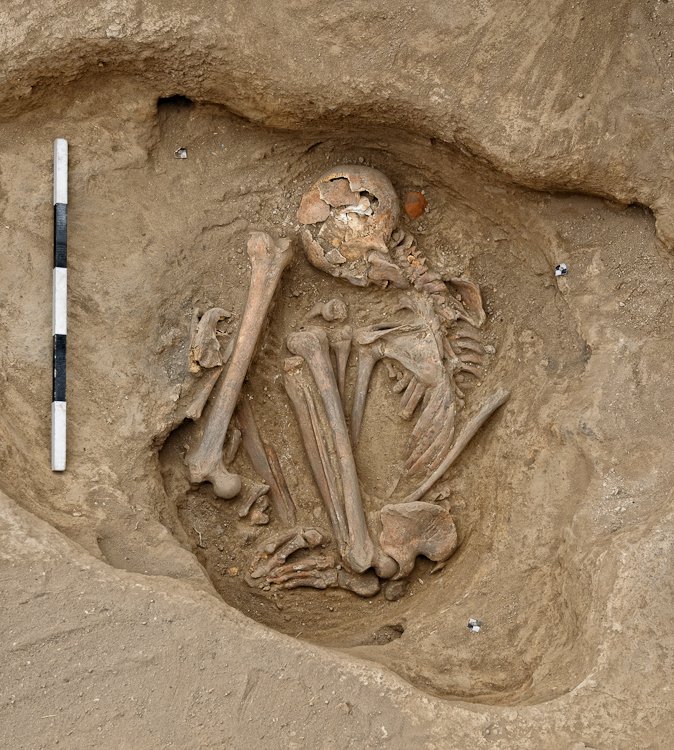Bioarchaeology
Early studies of skeletons at Çatalhöyük identified black carbon residues on the interior surface of ribs, interpreted as evidence for anthracosis (Andrews et al. 2005, Birch 2005). Studies of skeletons of a similar age elsewhere have shown the preservation of DNA and lipids from respiratory diseases including tuberculosis (Masson et al. 2013), and analysis of dental calculus provides a direct indicator for inhalation of particulate matter, through plant microfossils and biomarkers such as polycyclic aromatic hydrocarbons (Hardy et al. 2012; Hardy et al. 2015). High concentrations of silica particles within buildings have also been identified (Matthews 2010). With an archive of 25 years of radiocarbon dated material, the Çatalhöyük record provides an opportunity to examine the relationship between fuel use and health over a long-term timescale that is not available in studies of modern contexts.

Photo by Dr Scott Haddow from his blog A Bone to Pick



